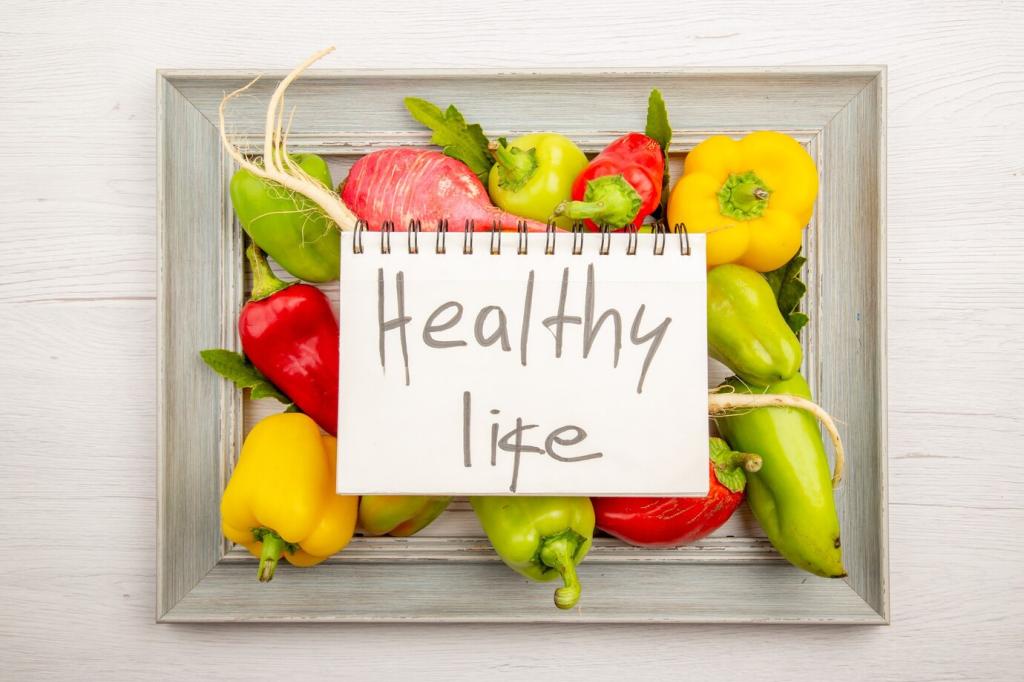
Hydration Techniques for Peak Performance
Chosen theme: Hydration Techniques for Peak Performance. Welcome to your playbook for smarter fluids, sharper focus, and stronger finishes. Dive in, test ideas, and subscribe for weekly, science-backed strategies tailored to your training and lifestyle.
Know Your Sweat Rate
Weigh yourself nude before and after a one-hour workout, tracking every milliliter you drink and any bathroom breaks. Each 1 kilogram lost equals roughly 1 liter of sweat. Repeat in different conditions to map heat, pace, and indoor versus outdoor variations.
Know Your Sweat Rate
Use your hourly sweat loss to guide intake, often between 0.4 and 0.8 liters per hour. Convert to bottle sizes, plan aid-station grabs, and match sodium to your sweat saltiness. Adjust modestly each session and log outcomes to sharpen the plan.
Know Your Sweat Rate
Maria kept fading at mile five of a 10K. After testing, she increased intake from 12 to 20 ounces per hour and added 400 milligrams sodium. The next race felt steady, and she shaved fifty-two seconds off her personal best with a cool, clear head.
Pre-Event Hydration Strategies
Four hours before, drink about 5 to 7 milliliters per kilogram of body weight. If urine remains dark, add another 3 to 5 milliliters per kilogram two hours out. Pair fluids with a little sodium to encourage absorption without sloshing discomfort.
Pre-Event Hydration Strategies
Consider 500 to 700 milligrams of sodium in 500 milliliters of fluid during your final hour before go time. This can expand plasma volume and improve retention, especially in heat. Keep the drink moderately flavored and keep fiber low to calm the gut.
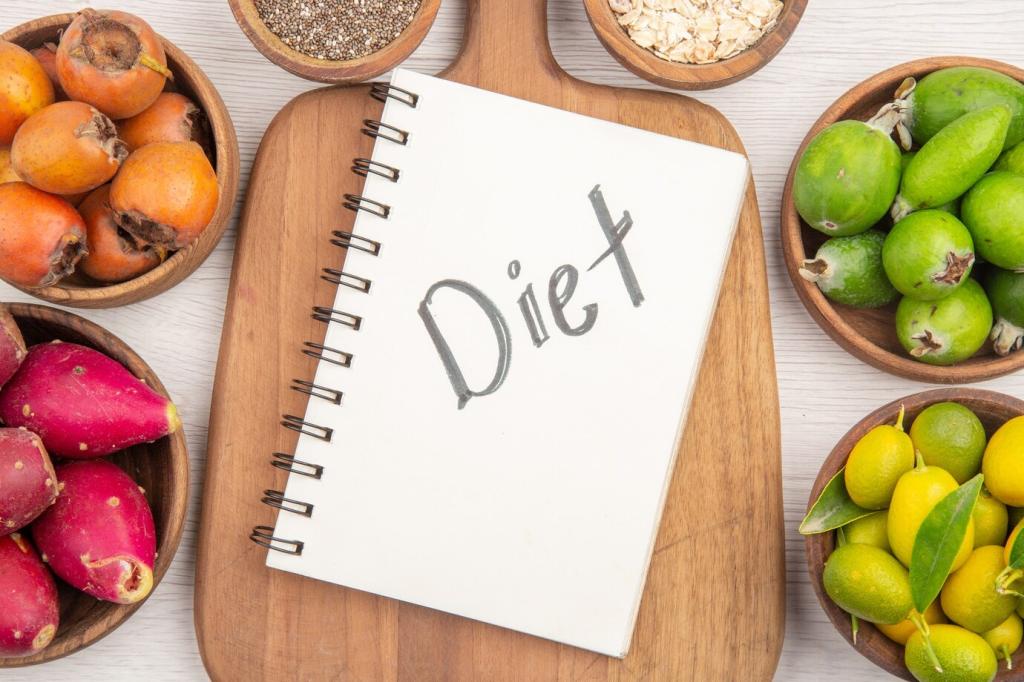
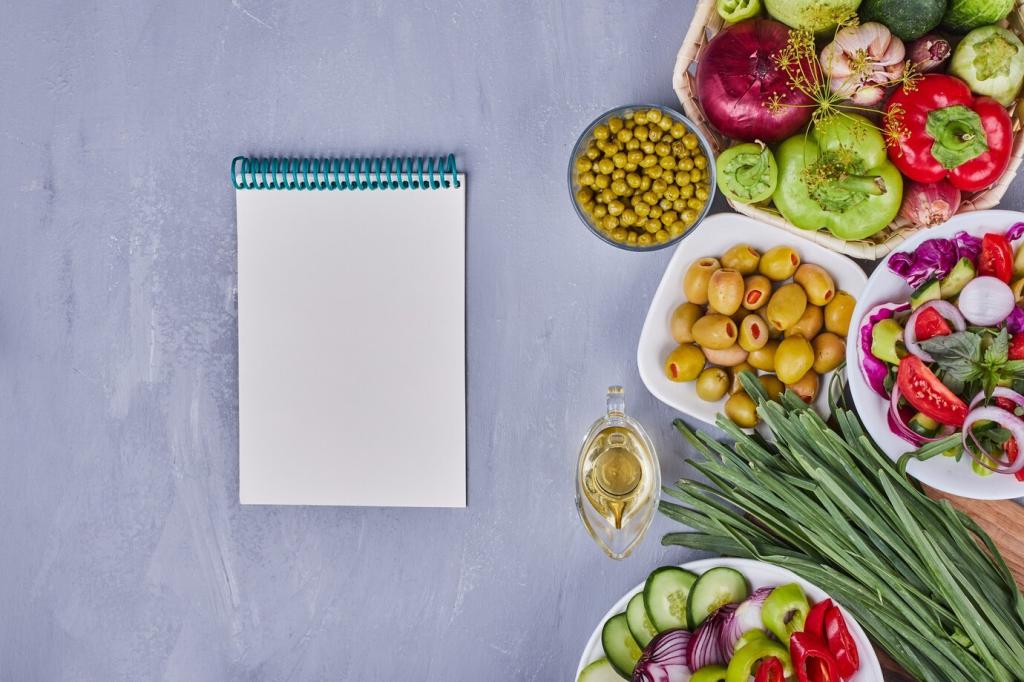
Choose the right volume per hour
Start with 0.4 to 0.8 liters per hour and fine-tune using your sweat test. Smaller athletes in cool weather need less, larger athletes in heat need more. Aim to avoid both dry mouth and gut slosh by spreading intake across the hour.
Electrolytes that match your sweat
Many athletes do well with 300 to 800 milligrams sodium per hour, while salty sweaters may need more. Look for salt crystals on hats or heavy jersey streaks. Use electrolyte tablets, mixes, or ready-to-drink options, and track how your legs feel late.
Sips, gulps, and gut training
Practice your exact drinking pattern in workouts, including taking larger gulps near aid stations. Keep carb concentration around 6 to 8 percent for comfort. Combining glucose and fructose can improve delivery. Try a routine for two weeks and report your results.
Smart Recovery Rehydration

Replace about 150 percent of body mass lost over the next two to four hours. If you drop 1 kilogram, target roughly 1.5 liters total. Include sodium so the water you drink stays in circulation rather than rushing to a bathroom break.
Heat, Altitude, and Indoor Conditions
Conquering the heat
Heat acclimation over 7 to 14 days increases sweat rate and plasma volume, improving cooling and lowering perceived effort. Pre-cool with ice slurries, shade, or cold towels. Bump sodium intake, monitor how you feel, and track performance during similar sessions.

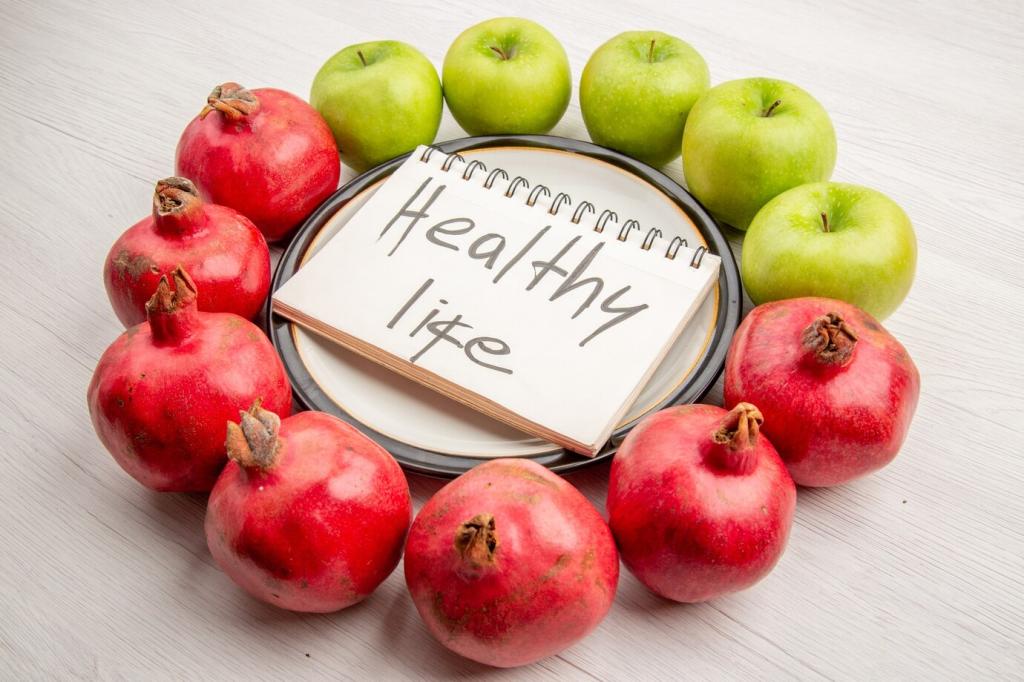
High places, dry air
Altitude boosts breathing and urine output, quietly draining fluids. Plan slightly higher intake with electrolytes, not just plain water. Watch morning body mass and urine color. If headaches creep in, adjust fluids and ease intensity until your body adapts.
Everyday Hydration Habits
Aim for pale straw color most of the day. Dark amber suggests you need more fluid and electrolytes, while crystal clear all day may mean overdoing plain water. Pair color with thirst and body mass to guide steady, sustainable habits.
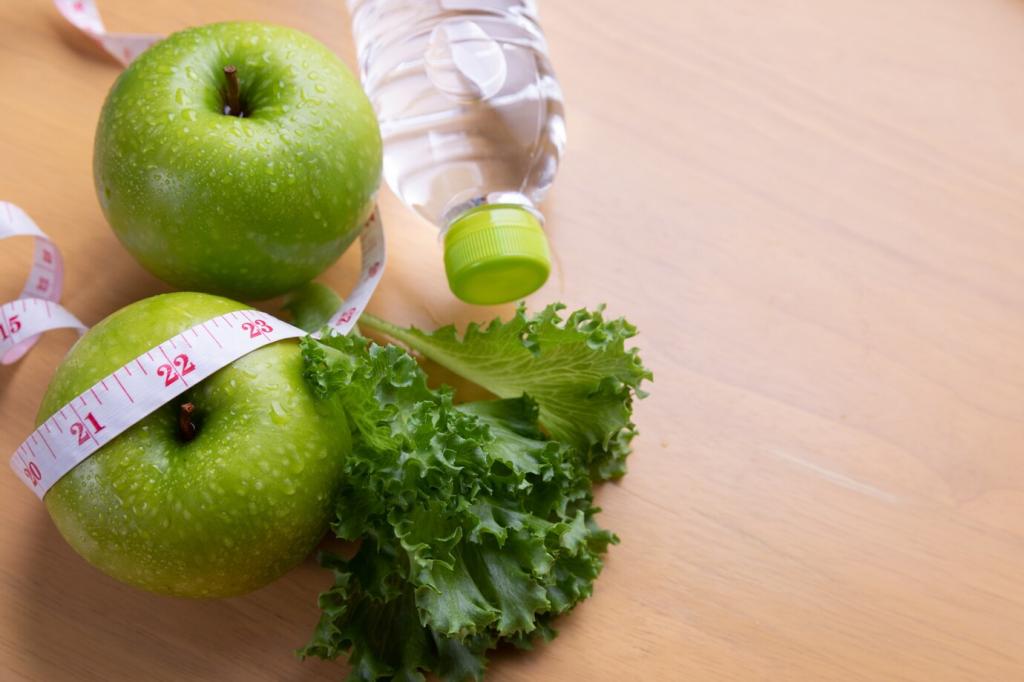
Myth-Busting: Caffeine, Alcohol, and Overhydration
Caffeine: friend, not foe
Moderate caffeine does not meaningfully dehydrate trained athletes and can enhance focus and effort. Pair caffeinated drinks with water and electrolytes, and avoid trying new doses on race day. Track sleep and jitters to personalize what truly helps you.
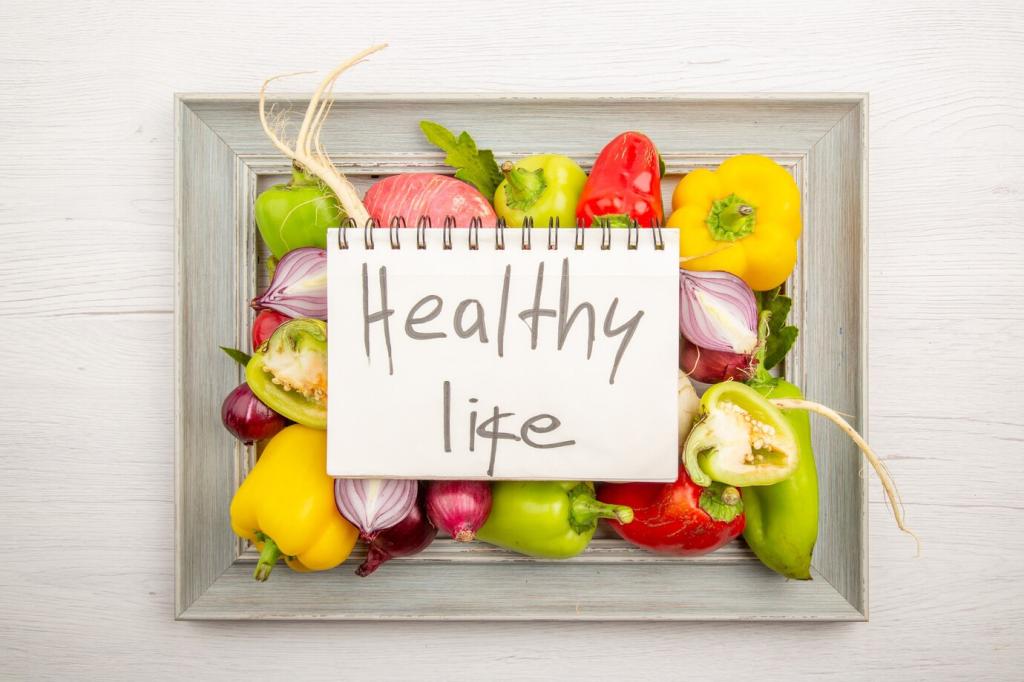
Join our mailing list
